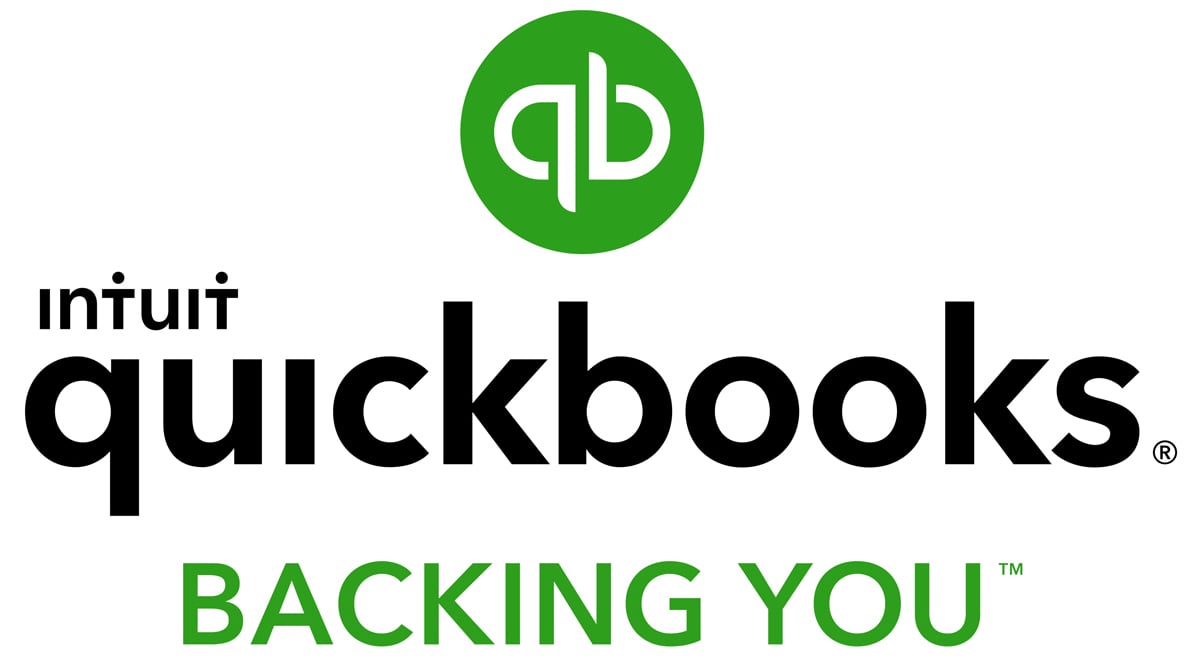How to Eliminate Small Business Debt in 7 Simple Steps

7 Steps to Eliminate Small Business Debt
- Assess and rework your budget.
- Reduce expenses.
- Temporarily pay with cash (if you can).
- Communicate with creditors and lenders.
- Create a “target debt” or “stack” repayment plan.
- Increase your income.
- Hire a debt-restructuring firm.
There may be no worse feeling than being in debt of any kind. That feeling is heightened when you’re dealing with business debt—your current business financial situation is untenable, and you’re facing the prospect of bankruptcy, and maybe even losing your business altogether.
You can’t run from your business debt or do nothing and hope it goes away on its own, but you can take steps to get it under control or otherwise find business debt relief. If you struggle with small business debt, we’re going to take you step-by-step through what you need to do to eliminate what you owe and get your business back in good financial standing.
But to start, let’s learn a little bit more about what business debt is, and the situations that can lead a business into debt.
What Is Business Debt?
Business debt is money owed by a business to a third party. Small business debt management becomes untenable when small businesses cannot afford to pay back their creditors on time and in full.
There are many reasons a business goes into debt—some of them strategic. For example, you might need a small business loan financing in order to capitalize on a new business opportunity, but your business does not generate enough revenue organically to cover the expense. So you decide to take out a loan. But then something happens, and the business opportunity ends up not working out. Now you have additional debt you need to pay off, but your business isn’t generating any additional revenue.
This happens all the time. In fact, the average U.S. small business owner had $195,000 in debt in 2016, according to a study by Experian.[1]
Accruing debt you can’t pay off is scary, but there is hope. Below, we’ll show you how to deal with your business debt.
How to Get Rid of Business Debt: 7 Steps
Some methods of small business debt management are fairly obvious, while others are more complex. We’ll give you a complete rundown of what you need to do so that you can arrange the best methods for getting your business back into the black.

1. Assess and Rework Your Budget
Before tackling business debt, you need to have a solid understanding of your current financial situation. Assess how your business budget is operating. Where exactly is your money going, and is it the best use of your funds?
A good business budget helps to identify income sources; fixed daily, monthly, and annual costs; and accounts for all variable expenses such as rent, or other unforeseen costs.
Seek professional advice from your bookkeeper or accountant if you need help figuring out your budget. You can also contact nonprofit associations like the SCORE Association for free business counseling, mentoring, and online workshops on business budgeting. To make the process even easier, you can automate the budgeting process using accounting software like QuickBooks to track the money flowing in and out of your business.
Ultimately, assessing and reworking your budget should be the first step in forming an action plan for reaching your debt-elimination goals.
2. Reduce Expenses
Once you take stock of your budget, take a look at your operating costs. Do you have any excess expenditures you can do without? Decide which services and operations are absolutely necessary for the daily operation of your business, and cut the rest.
Ask yourself the hard questions: Do you pay for subscriptions you rarely use? Are there professional memberships you can temporarily suspend? Could you potentially negotiate reduced prices and flat rates with certain vendors? Are you spending top dollar on advertising channels that yield very little return? Even little things can add up into substantial business debt.
Use your financial statements to help pinpoint expenses contributing to your debt. Cutting costs is a surefire way to increase cash flow and reduce your debt load.
3. Temporarily Pay With Cash
Changing the way you cover business expenses can help you get your small business debt load under control.
If you continue to use a business line of credit or business credit card to make purchases, your debt will only increase—and you’ll continue to worry about how you’re going to pay it off. By allocating a certain amount of cash each month, as dictated by you budget, and sticking to it, you’ll only be able to buy what you can truly afford. Paying with cash or cash equivalents such as checks helps to eliminate procuring new business debt and prevents you from letting your existing debt increase.
This option might not be suitable for everyone—if you plan to restructure your debt (see below) you want to have as much cash on hand to look good to lenders. Carefully consider this method before making it a pillar of your debt elimination goals.
4. Communicate With Creditors and Lenders

You can do a couple of things here to help decrease your debt load or debt interest over time.
- Investigate the opportunity to lower interest rates. It’s possible to negotiate or create lower interest rates. For credit card debt, this is primarily done by transferring existing balances to credit cards with a lower interest rate—typically a 0% introductory APR. For bank loans, you should call your loan manager and discuss options. If you’ve made regular payments and your business is in good financial standing, an argument can be made to lower your rates. However, chances are the interest rates for your bank loans are not the highest rates you pay. Try to work on lowering the highest interest rates first.
- Consolidate your loans. By consolidating your loans into one payment, you reduce your monthly costs without harming your credit. The best-case scenario is consolidating several shorter-term loans into one long-term package with a predictable interest rate. This small business debt management strategy will greatly ease your repayment load and help keep you from going under.
- Apply for a hardship plan. Find out if you qualify for a “hardship program” that includes a lower interest rate and payment extension. Creditors typically require a hardship letter that explains your current financial situation and provides proof that you require assistance to meet your debt obligations. This includes tax returns, financial statements, and more.
5. Create a “Target Debt” or “Stack” Repayment Plan
If you can’t consolidate all your loans or you still have staggered interest rates with various lenders, establish a target debt and use the “stack method” to pay it all back. This is a type of debt schedule to help you visualize and pay off your debt.
Whether it’s credit card debt or bank loans, the interest rate on each can greatly inhibit your ability to effectively pay down the principal loan amount. This is why you should aim to pay down high-interest-rate loans first—the debt with the highest interest rate that you’ll be focusing on first is called your “target debt.” When calculated over time, paying down this “target debt” saves you and your organization more money in the long run.
To start, make a list of all of your minimum monthly payments, and make sure they are covered. Then, look at your highest-interest debt balance and determine how much above the minimum payment you can pay each month. This additional amount is sometimes called “stack repayment.”
Whether it’s $100 or $1,000, the stack payment amount should be applied on top of your minimum payment toward the highest-interest loan each pay period until that balance is paid off.
Once the first loan is paid off, apply that repayment amount to the debt with the next-highest interest. Once that second debt is paid off, take that compound amount to attack the next debt, and so on.
Of course, this method takes discipline and close monitoring, but eventually, you’ll start to see your debt load decline.
6. Increase Your Income

Simply put, the more cash you can generate, the faster you can reduce your small business debt. Easier said than done, we know. These are just some suggestions that may help you increase the monthly income to your business:
- Diversify: Can you add an additional product or service to your current offering? Are you reaching all potential customers through targeted marketing? Are there any untapped niche markets you haven’t considered?
- Raise your prices: But just enough to maintain the same amount of sales. Be sure to communicate to existing customers before you raise prices, and ask if they’d like to order anything before the change is in effect. This could result in a much-needed bump in revenue anyway.
- …Or lower them: Offer mark-downs on merchandise and discounts on services, especially for loyal and repeat clients, in an effort to boost sales. Just make sure not to slash prices too much that you won’t make up the lost cost with increased sales.
- Get what you’re owed: Ramp up accounts receivables by following up on late payments from customers. You can even present your clients with discounts or rewards for paying fees upfront.
- Upsell: Is there a way to sell more to your existing customers? Can you offer any incentives or bundle your existing products or services in a way that would entice people to buy more from you? A quick email with a flash sale, a limited offer, or subscriber-only deals could do wonders to increase your monthly revenue.
- Optimize inventory: If you have inventory that isn’t selling, see if you can adjust your purchasing habits or look for suppliers that will offer rights of return for unsold goods. This will free up both physical space and room for more inventory that might actually sell and increase your revenue.
- Sell your surplus: Look at the things you don’t use—or don’t use to their full advantage—and sell them to people who might. Can you sell unused furniture or equipment on Craigslist? Is there another business that could buy a portion of your company you no longer are passionate about? Note that you should never sell anything you’ve put up for collateral on existing debt. That’s considered fraud and could have serious legal ramifications.
- Use social media: This is probably the most valuable tool your business has for marketing its services, and it’s completely free to use. Build a page for your business, start soliciting feedback from customers, and build your brand awareness. Simple things like responding to customer comments or encouraging them to leave a review can pay big dividends for your business.
- Get scrappy: What else can you do to make a quick buck? Maybe you can lease out a portion of your office to another business? Could you save on rent by working remotely? Get creative by generating additional revenue from your existing assets.
7. Hire a Debt-Restructuring Firm
If your efforts to climb out of business debt on your own aren’t working, you might want to enlist the help of a professional debt-restructuring firm. Debt-restructuring firms negotiate with creditors and business debt collection agencies on your behalf to formally extend, renew, or change existing credit agreements. The process generally involves a written contract between you and the debt-restructuring company as well as the setup of automatic withdrawals from your bank account to settle outstanding debts.
These firms do charge a fee, but it’s usually a less-expensive alternative to filing for bankruptcy and will better rehabilitate your credit in the long run. If you decide to hire a professional debt-restructuring company, be honest with them on what you can afford to pay each month so that they can come up with a business debt settlement that works for both you and your creditors.
The Bottom Line on Small Business Debt Management
If all else fails, you still have options. For businesses that can’t manage their debt, it might be time to think about selling the business, liquidating all assets, or filing for bankruptcy. But hopefully, it doesn’t have to come to that. By using these seven tips, you should be able to reduce—and eventually eliminate—your business debt.
Article Sources:
- ExperianPLC.com. “Small-Business Outpace Consumers in Credit Management“

Meredith Wood
Meredith Wood is the founding editor of the Fundera Ledger and a GM at NerdWallet.
Meredith launched the Fundera Ledger in 2014. She has specialized in financial advice for small business owners for almost a decade. Meredith is frequently sought out for her expertise in small business lending and financial management.

Featured
QuickBooks Online
Smarter features made for your business. Buy today and save 50% off for the first 3 months.

